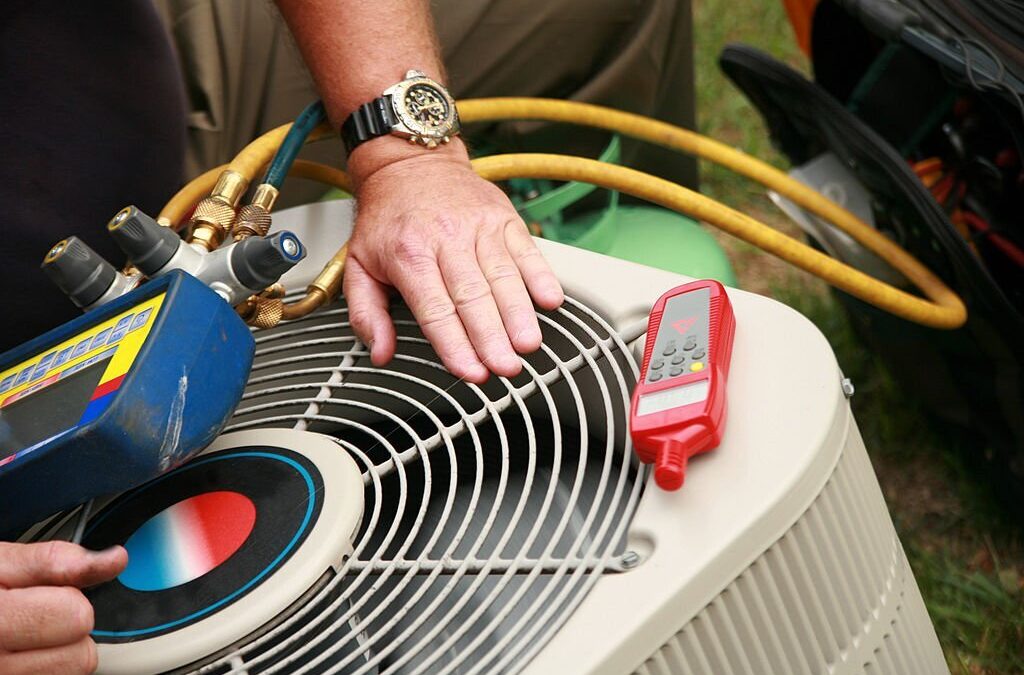If you’re concerned about the efficiency of your air conditioner, there are a few essential maintenance steps you should perform. Cleaning is necessary to maintain a good air conditioner’s efficiency. Check for signs of leaks and clean the drain and condensate pan. These three steps will also prevent costly repairs later on. You should also replace your air filter regularly. If you have one, you should also clean and inspect the heat exchanger, drain pan, and evaporator coil.
Inspection
A yearly air conditioning unit inspection is essential for its long-term health. Regular checks will reveal parts that need to be replaced or repaired before breaking down. Performing preventative maintenance is cheaper than replacing the unit entirely. It can also help you save money on energy bills. A technician will be able to identify any possible upgrades that might be needed to improve the efficiency of your system. If you haven’t done this yet, schedule it now.
Before you call a technician to inspect your air conditioning unit, you should know the exact reason for the inspection. A technician will look for leaks and debris, test safety controls, and examine pressure controls. They will also check the ductwork for energy loss. Additionally, an inspector will perform cleaning duties, including draining the pan and flushing the condensate drain. This will ensure that there is no debris clogging the airflow. The technician will also clean the evaporator coils and check for physical damage and debris.
Cleaning
Regularly cleaning and air conditioning unit is an essential part of air conditioner maintenance. Dust, dirt, and other debris can accumulate around its condenser and restrict airflow, which reduces its efficiency. Debris can also get near the base and sides of the unit, causing it to overheat. The proper cleaning method for an air conditioning unit depends on the type of AC unit.
Clean the coils by spraying water and using a soft brush. The dust and debris on coils can include pollen and skin cells. It is best to wear a mask if you have sensitive skin or respiratory conditions. You can also clean the coils by using a no-rinse coil cleaner. The product foams up and drips into the drain pan, removing any accumulated dirt and debris on it.
Checking for leaks
When checking for leaks when maintaining an air conditioning unit, you may be surprised at the number of potential problems you could encounter. Whether it’s a clogged drain line or a leaky condensate pump, you’ll want to hire a professional technician. While some repairs can be performed independently, leaks can be tough to detect without the right equipment and expertise.
Air conditioner leaks are a terrifying problem. You may be able to smell the water dripping from the unit, but it’s unlikely that it’s toxic. Leaks often result from clogged drain lines, overflowing drip pans, or frozen evaporator coils. Once you’ve discovered a leak, you should try to resolve the issue immediately to prevent further damage.
Cleaning condensate drain
The condensate drain can become clogged with debris and buildup over time. The drain line is usually made of PVC or polyvinyl chloride. It is chemically resistant and claimed to last several decades. A 50/50 mix of white vinegar and hot water is generally sufficient to clear the drain pipe. If the clog persists after the initial cleaning, repeat the process to eliminate it.
While cleaning, be careful not to use bleach or any other household cleaners since the vapors can be harmful when inhaled. Instead, use vinegar, which is less irritating and can be rinsed away easily. If you’re cleaning the drain line by hand, use a 1/4 cup of vinegar to help kill off the mold, algae, and mildew. You can also use a shop vac to remove clogs.

